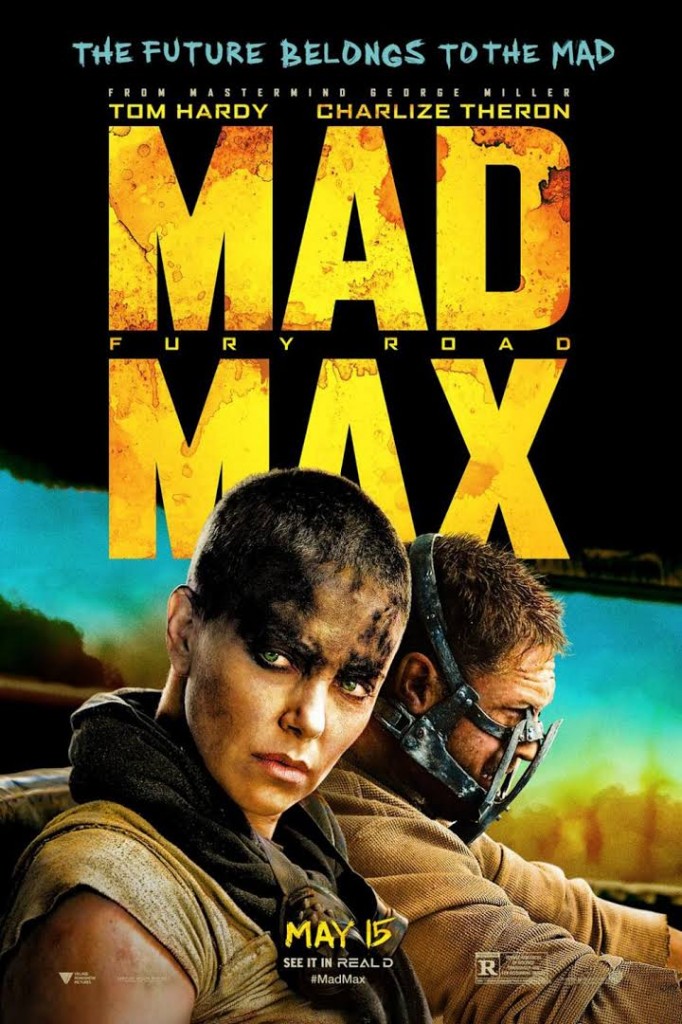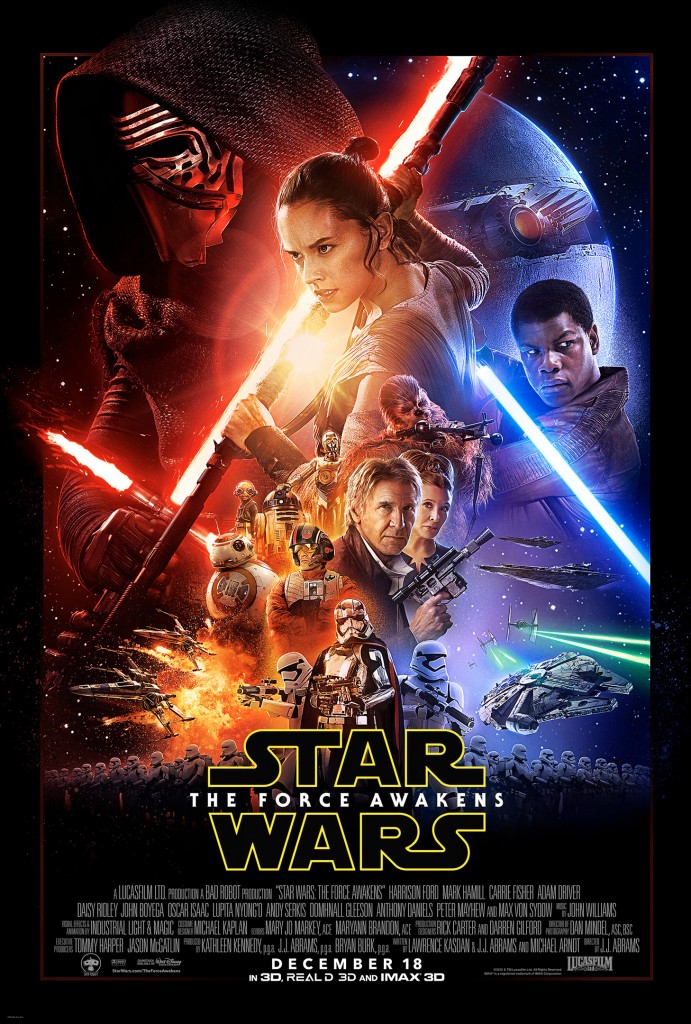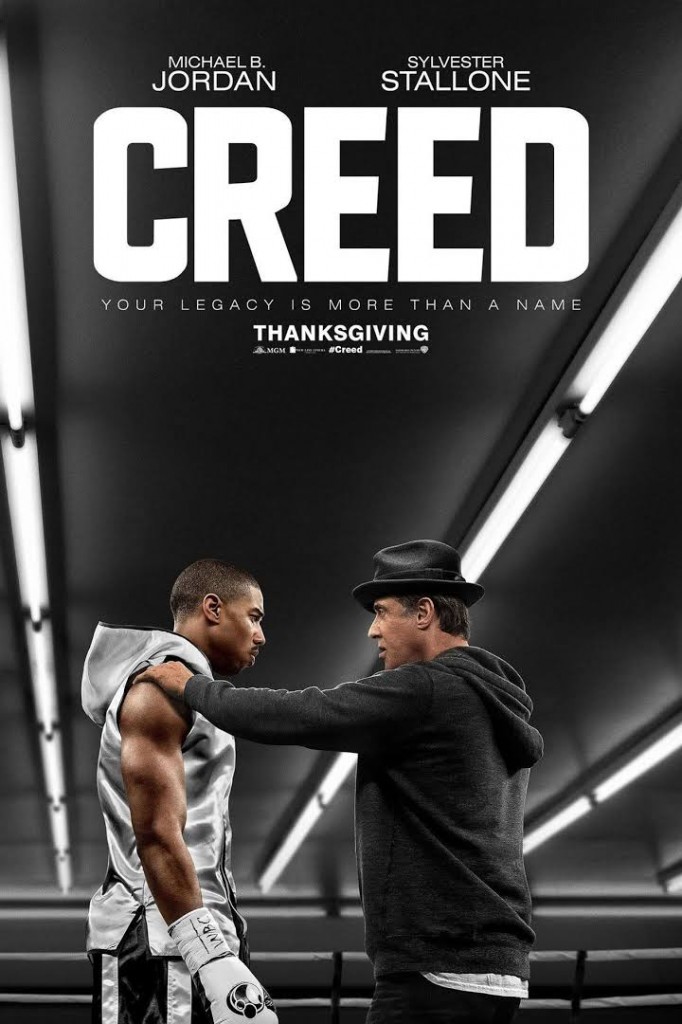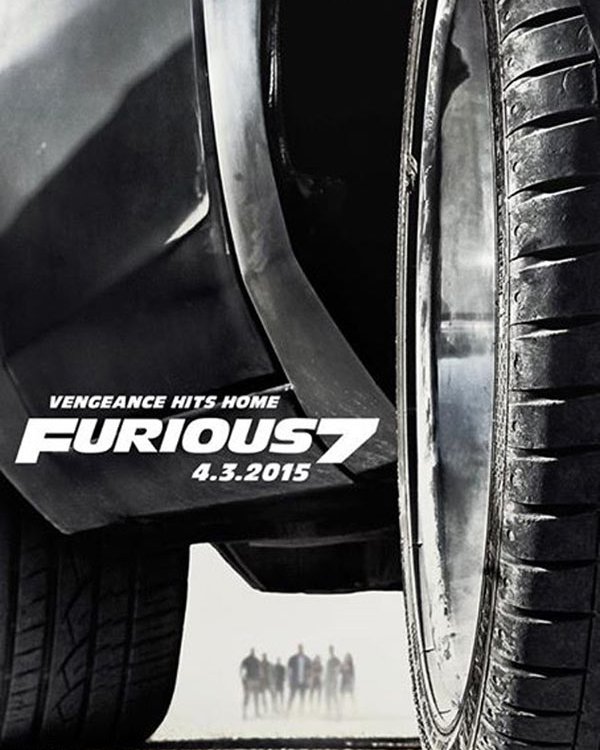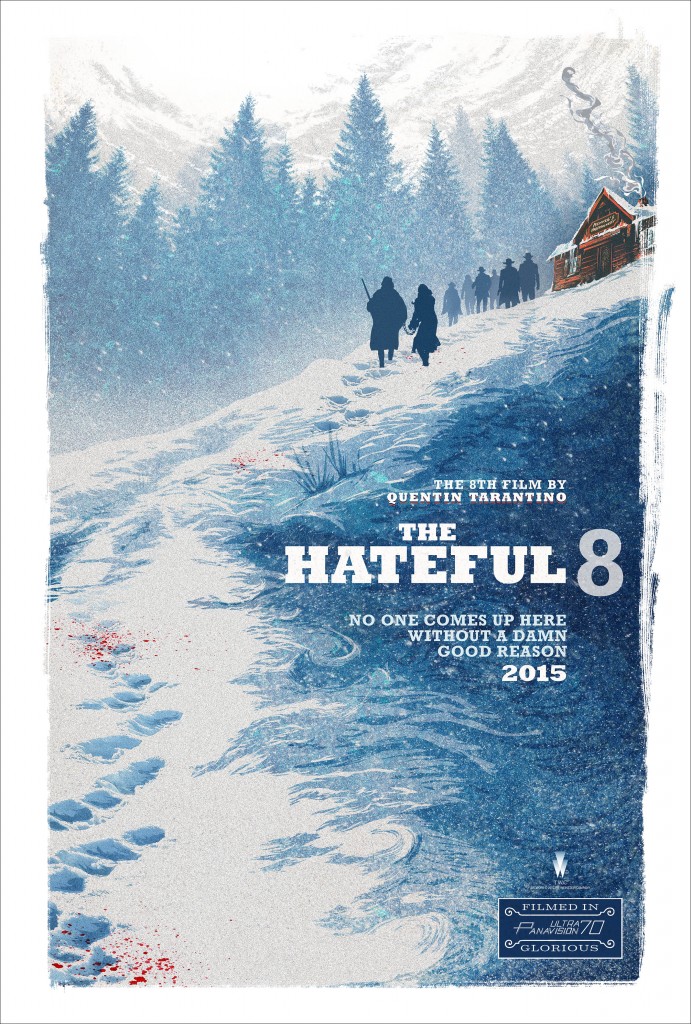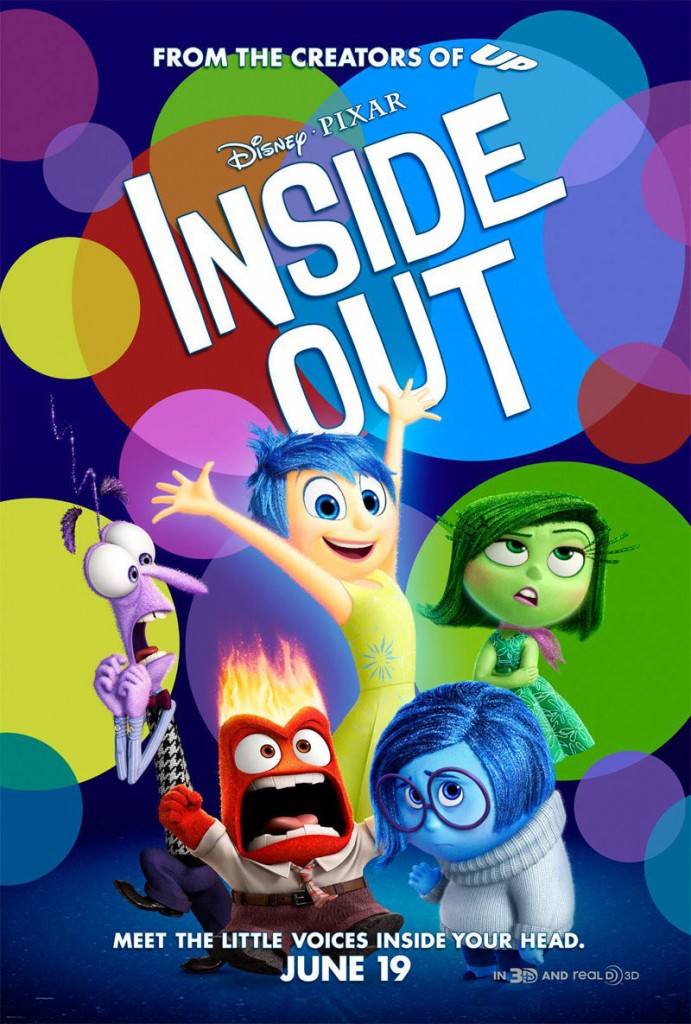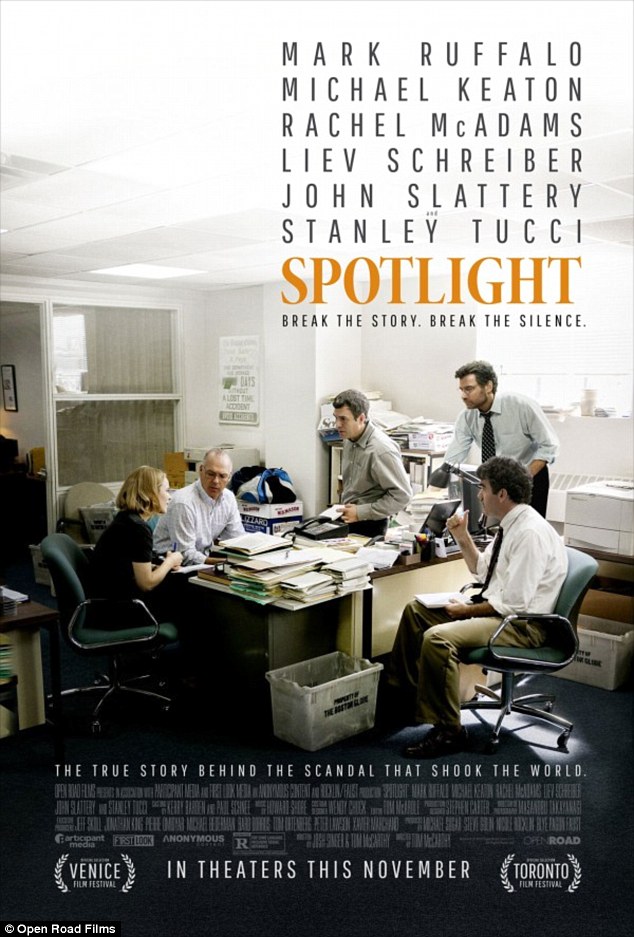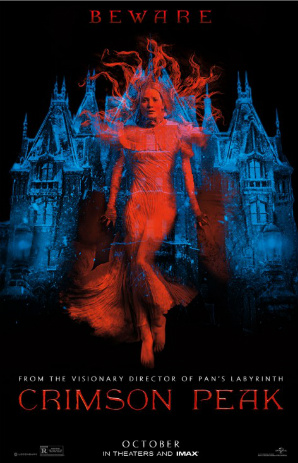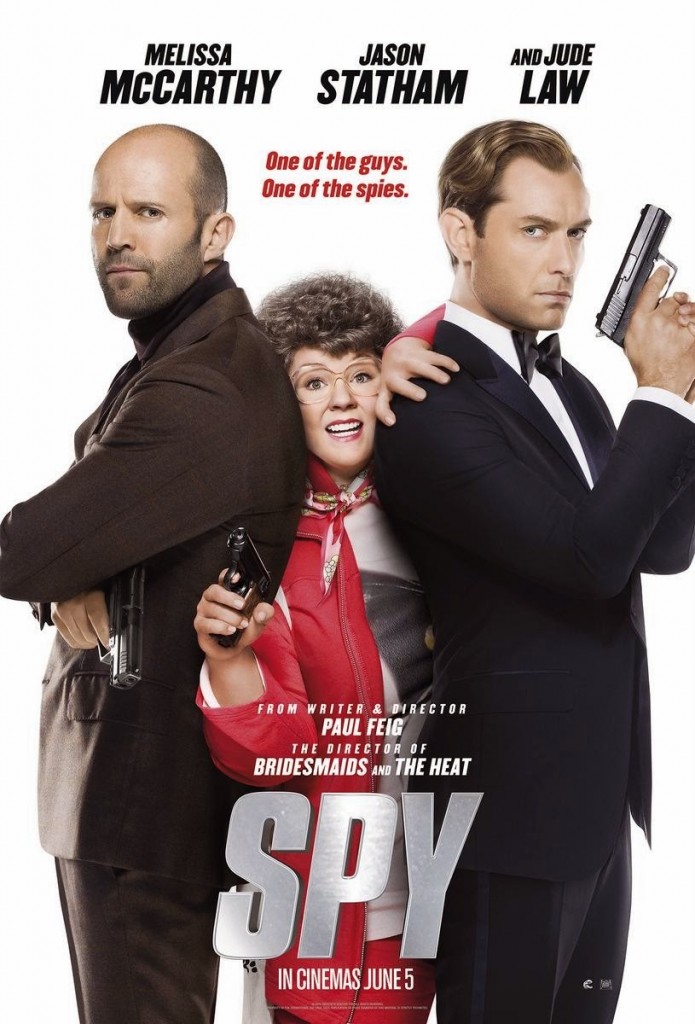2015 was a really strong year for movies, and I think the quality of the list below really speaks to that. While half of our ten picks for the best films of the year are sequels or reboots, there’s an obvious and important seachange evident in all five. Whether we’re talking about the boxing story, George Miller’s epic dead Earth car chase, or the first Star Wars movie in a decade, these are huge movies with leads who aren’t white guys.
Furiosa matters. Adonis Creed, Rey, Finn, and Dominic Toretto matter, too. How do I know 2015 was the year Hollywood started to finally get it? Because it was also the year my friends were just as excited about going to the movies as I was.
– Max Robinson, Film Editor
1. Mad Max: Fury Road
Strip away the “Valhalla” memes, the outraged internet MRAs, and legions of Furiosa cosplayers, and Mad Max: Fury Road would still be a phenomenon. A triumph of action filmmaking, Fury Road beat the odds: the belated fourth installment of the Mad Max franchise recast Tom Hardy in the role originated by Mel Gibson and went down a long, troubled, furious road to theaters. All of this, however, was just the sand and strife that formed a perfect, gleaming pearl of a film.
Set in a richly imagined post-apocalyptic world where “War Boys” worship cars and human beings are valued only for their blood or their wombs, Mad Max: Fury Road is a lean, gorgeous film without a single wasted frame. In an almost wordless performance, Tom Hardy imbues Max with the tenacity of a feral dog, but the film’s center is Charlize Theron’s Furiosa, the aptly-named warrior who for once makes descriptors like “iconic” more than mere hyperbole. A ferocious Imperator who seeks her own redemption and defends the personhood of five enslaved wives, Furiosa is a character who won’t be forgotten for a long, long time. (And if we’re going to talk about Fury Road’s feminist cred, we shouldn’t overlook the five wives, who are never reduced to the status of pretty cargo and all have their own personalities and character arcs.)
Mad Max: Fury Road is the kind of film that burns its images into your brain. Think of Max chained to the front of Nux’s car, a living figurehead driven headfirst into battle. Think of the polecats descending on the War Rig, or Furiosa’s silent scream in the desert. I saw Mad Max: Fury Road three times in the theater; each showing ended with applause. George Miller’s fourth Mad Max film is an exhilarating, wild ride, and Deadshirt’s pick for the best film of 2015.
— Kayleigh Hearn
2. Star Wars: The Force Awakens
2015 has been a fantastic year for blockbusters and tentpole movies, and Star Wars was the Big One. Every few months a new box office record was shattered, but we all knew that whatever records Furious 7, Age Of Ultron, or Jurassic World broke were only going to last until mid-December.
I did everything I could to keep my expectations low. I expected it to at least be Good, and certainly better than the prequels (low bar), but I had doubts.
Then the iconic horns blared and the opening crawl started, and I had heart palpitations so strong I could *hear* them. Not only did it surpass every expectation; it was one of the best films of the year.
My Deadshirt compatriots wrote more in detail, so I’m going to highlight some of the specific things that stood out, big and small: It had a lightsaber duel that’s in contention for the best in the entire series. It had Daisy Ridley’s “I’m going to kill you with this stick” face. It had BB-8 carefully rolling down a flight of stairs. It may have used nostalgia to help sell tickets, but it told a fresh story focused mostly on new characters, and it was stronger for it. It’s everything a Star Wars movie is supposed to be. The Force Awakens made me feel like a kid again, in the best possible way.
— David Lebovitz
3. Creed
In a year full of sequels, Creed may be the most interesting continuation of a long dormant saga in terms of ideas and execution. Calling Creed a sequel—specifically, the seventh installment in the Rocky franchise—is reductive: Creed is a phenomenal movie whether you’ve seen the prior films or not. Director Ryan Coogler has made a film that’s both a fond (but never overly sentimental) tribute to Sly Stallone’s Italian Stallion and a bold new story in its own right. This hybrid perfection is even evident in Ludwig Göransson’s score, a novel combination of pulse-pounding horns, familiar Rocky motifs, and hyper-cool afrofunk.
We complain about unoriginality and a lack of ideas in film today, but films like this are important: Creed reimagines the tried and true Rocky story as an all-too-rare tale of black triumph in a film landscape that doesn’t often value stories like this. Michael B. Jordan’s unsure but unrelenting Adonis Creed is a fitting heir to the Rocky story, and a nuanced character with compelling desires, flaws, and ambitions all his own. The cherry on top is Stallone himself, returning to the role that made him famous. Stallone’s turn as an aged, emotionally scarred Rocky Balboa is a career best and a greatly deserved shoe-in for Best Supporting Actor. Creed is a film about fighting the only fights that matter and the people who help you win them.
— Max Robinson
4. Furious 7
Were this a perfect world, the Fast & Furious franchise would never have to end. I could take my grandchildren to see Fast 15, starring an aged Vin Diesel and North West drifting in tricked out Chevys on the dark side of the moon. There’s a very real chance such an actuality will come to pass, but if it had to end, if Fast 8 wasn’t already in pre-production, if the world was going to end Right Here Tonight, Furious 7 would be as fine a finale as one could hope for. It’s not as balls to the wall amazing as Fast Five, and it doesn’t pack the brolic punch of Fast & Furious 6, but there’s something satisfying about this installment that will endure, no matter how many more they end up making.
It’s a tragedy that Paul Walker had to pass so soon, but the cathartic send-off his fictional counterpart Brian O’Connor is given is THEEE emotional peak of this year in movies. There’s been badder and there will most definitely be bigger in the future, but this hits a heartfelt zenith that will remain impossible to top even if they keep making these until the end of time.
— Dom Griffin
5. The Hateful Eight
In a career littered with dark, mean movies, The Hateful Eight may just be Quentin Tarantino’s cruelest. It’s also an absolute blast to watch. One of Tarantino’s greatest strengths as a writer is the ability to take an ugly, emotionally fraught, traumatic situation and make it not only fun to watch but also frequently hilarious, and that skill is on full display here.
It initially seemed incongruous to dig wide-scale Ultra Panavision 70 lenses—traditionally used for Spectacle Movies like Ben-fucking-Hur—out of the dustbin of history to shoot a film primarily set in a single room, but the decision paid off in spades: Tarantino’s script is so tight, and so dependent on intense precision of set design, that I can’t imagine the movie without that fine detail and wide scope.
Indeed, the movie’s set and production design is an essential part of its creative success; every actor wears a single costume, and there’s basically exactly one set. As a result, all of these aspects have to be impeccable and believable—there’s only one try. Minnie’s Haberdashery has to feel lived in, and it does. An ensemble cast of veteran, recognizable actors, nevertheless inhabit their characters—Tim Roth, Michael Madsen, Kurt Russell, and the rest of the Tarantino Repertory acquit themselves admirably, especially Samuel L. Jackson as the marquee Marquis, giving his best performance in years other than, well, the last Tarantino movie he made, while Jennifer Jason Leigh absolutely slays in her first Tarantino performance.
The Hateful Eight is a damning indictment and a three-hour thrill ride all at once, despite being a slow-paced, dialogue-driven thriller in a snowstorm. It’s a locked room murder mystery: who killed the post-Civil War American dream? Every goddamn one of us.
— David Uzumeri
6. Magic Mike XXL
In an increasingly rare instance of a sequel so roundly eclipsing its progenitor, Magic Mike XXL is a master class in fan service. There’s shirtless hunks, effortless dance numbers, and an infectious dedication to brotherly love, but none of it reeks of the lazy, dramaless solipsism of the Entourage movie. Instead, we have To Wong Foo for the sad boy set, a beautiful monument to the power of friendship and believing in your dreams.
Call me crazy, but there’s something majestic and empowering about Joe Mangianiello seductively dancing to the Backstreet Boys that NOT ONE SINGLE SOLITARY FRAME OF THE FORCE AWAKENS can begin to match. Channing Tatum is a national treasure. Steven Soderbergh’s cinematography is classically effective. This is a movie where Kevin Nash sips red wine and commiserates with Andie MacDowell about the trials and tribulations of coupling. Magic Mike XXL uses the spectacle of stripping as a pretense to explore the spiritual tether that connects us on this spinning globe, and I wouldn’t have it any other way.
— Dom Griffin
7. Inside Out
Although Pixar has almost consistently turned out some of the greatest animated films in the two decades since Toy Story, it’s worth noting the consistent ingredients that make their celluloid recipes so delicious. There’s the simple but whimsical concepts (talking toys, talking cars, talking fish, talking bugs et al.), the gorgeous animation (from the unique architecture of Monsters Inc. to the sweeping vistas of The Good Dinosaur), and the strong emotional core (admit it, you cried at the beginning of Up and the climax to Toy Story 3; we all did).
Inside Out had all of these things, from concept (what if cute little sprites were piloting your brain through feelings and emotions?) to visual (half beautiful primary colors, half bright light of the imagination) to execution (the perfectly crafted voice cast, from Amy Poehler and Phyllis Smith as the duo of Joy and Sadness to Richard Kind’s astounding supporting turn as imaginary friend Bing Bong). But this combination makes for more than just a fun kid’s movie with a message—it breaks new ground in the way film can represent, affect and even manipulate our emotions, spelling out one of the most complex concepts in human history (how and why we think, particularly during that all-important age of adolescence) in simple but effective ways. It’s that intangible commitment to detail that makes Inside Out arguably the best, most memorable Pixar film since the first Toy Story. What a happy memory for us all.
– Michael Duquette
8. Spotlight
By the time I finish writing this (relatively short) discussion of Spotlight, I’d estimate no fewer than three current presidential candidates will have made statements deriding “the mainstream media.” It is, perhaps, America’s favorite scapegoat. Whether you think it’s too left, too right, too moderate, too corporate, or just too easily distracted, there’s a good chance you don’t put much stock in it, either. I don’t blame you. This context makes Spotlight’s accomplishment—showing the grit, heroism, and humanity of a team of journalists at one of America’s major daily newspapers in such a way that feels real, important, and a unique blend of stomach-churning and inspiring—all the more impressive.
Spotlight, starring some of the past couple years’ favorite actors, including Mark Ruffalo, Michael Keaton, and Rachel McAdams, manages to take an event that virtually every member of its audience will be familiar with (the accusations of pedophilia perpetrated by Catholic priests upon young parishioners) and portray it in such a way that moviegoers can’t help becoming invested. Your stomach doesn’t twist because you’re wondering if the Boston Globe is going to break the story—you know they will—but it twists because fidgety, determined, wise-ass Mike Rezendes (Ruffalo) wants this so badly. (By the way, Ruffalo turns in an absolutely outstanding performance here; while I’ve never seen Rezendes in action, so I can’t speak to its veracity, I will say Ruffalo manages to pack every microsecond with excellent character moments.) When what these priests have [allegedly] done becomes clear, you’re horrified, even though you’ve known about this for more than a decade, because the Spotlight team is horrified.
I think the main reason I love this film is that it’s about the platonic ideal of investigative journalism, and it insists, on the grounds that it’s based on a true story, that this ideal is not out of reach. You should really go see it, is what I’m saying. And maybe turn off election coverage for a bit afterward.
– Cameron DeOrdio
9. Crimson Peak
Guillermo Del Toro’s Crimson Peak wears its gothic influences—incestuous villains, high society intrigue and a protagonist named Edith Cushing—on its lace and frill sleeve with a dark and enchanting cheer. Think the love child of Wuthering Heights and The Haunting, filtered again and again until it’s a strong enough proof to knock you on your ass.
While Tom Hiddleston, Jessica Chastain, and Mia Wasikowska turn in excellent performances, the titular “Crimson Peak” itself is the real star. A crumbling manor built on a blood-red clay foundation, the Sharpe family estate is handily the best set piece of any film this year: a giant dollhouse that beckons its viewer through the front door with a kind of beautiful hideousness. As much as it’s a cliche, Del Toro’s nightmare house really is a creeping, brooding character with a life of its own, a fitting playground for the film’s refreshingly straightforward ghost story. In a year where horror flicks like It Follows and Unfriended attempted to reinvent the blood-soaked wheel, Guillermo Del Toro slipped a handsome leather-bound antique under our collective bedroom doors.
– Max Robinson
10. Spy
2015 was a great year for espionage at the movies. Bond was back and more Bond than ever, Mission: Impossible dropped what might be the best entry into the series, Man From U.N.C.L.E. was unloved but fun as hell, and The Fast & The Furious franchise jumped genres yet again into becoming a full-on spy movie. Nestled in the middle of these was Spy, a loving piss-take on the genre that is both hilarious and an effective action movie in its own right.
Melissa McCarthy is perfect as a mousy CIA drone who’s been overlooked her entire life but gets her shot to prove she’s just as capable and deadly as the usual jerk in a tux. The movie smartly veers away from using McCarthy’s weight as a comedy crutch and instead plays on the idea she’s a “normal” person thrust into these bizarre situations, and on her hilariously profane relations to them. The true secret weapon of the movie was Jason Statham as McCarthy’s fellow spy. Basically James Bond as the ultimate asshole, Statham’s character refuses to admit there’s anything he can’t do, including insisting he once had his arm cut off and reattached it with his other fucking arm. Spy is a goddamn delight and a big reason that 2015 was the Year Of The Spy Movie.
– Jason Urbanciz

